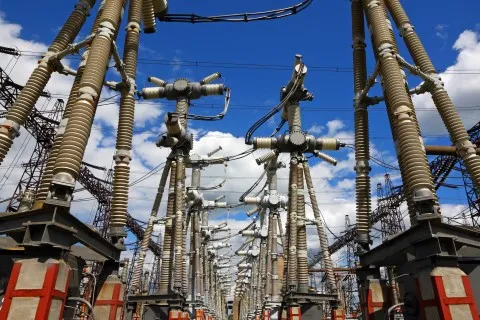
Korea gencos' gap in credit quality predicted to widen in the next 12-18 months
Private IPPs will suffer lower profits.
According to a recent Moody's report on Korea's power sector, the different degrees of vulnerability to the margin pressure in the generation market will widen the gap in credit quality between the six gencos wholly owned by KEPCO, and the private IPPs such as SK E&S Co., Ltd over the next 12-18 months.
The pressure on power margins in the generation market will have little impact on the gencos' profits, owing to their profit sharing program with their parent, KEPCO.
By contrast, private IPPs will see lower profits and therefore weakening credit quality during the same period.
"Power margin pressure will stem mainly from a decline in wholesale electricity prices, against the background of low liquefied natural gas (LNG) prices and high growth in the supply of power in Korea relative to demand," Moody's said.
Here's more from Moody's:
We assume that LNG prices will recover only modestly over the next 1-2 years. We expect the power reserve margin will likely surpass 20% in 2016-17, compared to around 5% in 2012-13.
Given the operational integration between KEPCO and the six gencos, KEPCO will remain committed to helping the gencos achieve sufficient profits to cover operating costs and realize a fair return on their investments through their profit sharing program over at least the next 2-3 years.
In addition, KEPCO’s standalone financial capacity to help the gencos mitigate the power margin pressure in the generation market will strengthen.
We expect KEPCO’s standalone EBITDA over the next 12-18 months to register well above the KRW4.5 trillion it realized in 2014, owing to a reduction in the cost of purchasing electricity from power generators. Despite the increased profit allocations to its gencos, KEPCO recorded a standalone EBITDA of KRW3.3 trillion in 1H 2015; a result which was much stronger than the around KRW890 billion seen in 1H 2014.
The government is unlikely to lower KEPCO's tariffs over the next 12-18 months by the same extent as the fall in global fuel prices seen since 2H 2014, as it seeks to help the company generate internal cash resources to fund its high annual capital expenditure (capex) and curb any excessive demand for electricity in the country, stemming from the low retail electricity prices.
By contrast, private IPPs, such as SK E&S, do not operate within such a mechanism and will face stronger headwinds from the margin pressure on power generation.













 Advertise
Advertise











